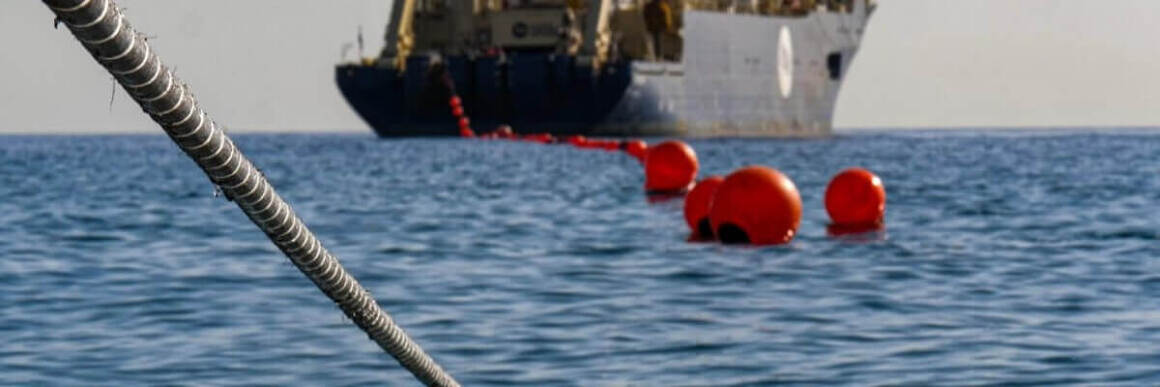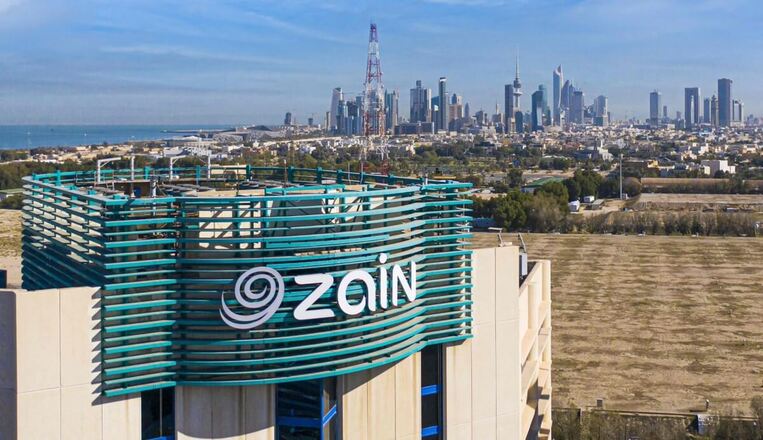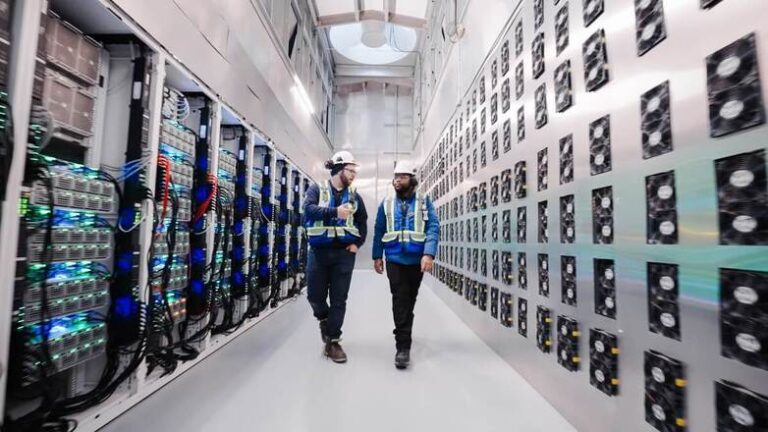
A new joint report by TeleGeography and Infra-Analytics has revealed that maintaining the world’s growing network of submarine cables will require an estimated $3 billion investment to avoid service degradation and repair delays by 2040. The study, ‘The Future of Submarine Cable Maintenance,’ outlines an impending shortfall in the number and viability of cable maintenance vessels, raising concerns about the long-term resilience of the global internet infrastructure.
Submarine cables form the invisible backbone of the modern internet, transmitting more than 95% of international data. As global demand for bandwidth increases and the push for network redundancy intensifies, investment in new undersea cables has surged. TeleGeography projects a 48% increase in cable kilometers deployed under the world’s oceans by 2040. However, the capacity to maintain these vital links is not keeping pace. By that year, over half of the existing cable ship fleet will have reached or exceeded its expected service life, and nearly two-thirds of cable maintenance ships will need replacement or decommissioning.
This growing mismatch between infrastructure expansion and repair capacity poses a serious risk. On average, 200 submarine cable faults are reported each year, according to the International Cable Protection Committee (ICPC). With more cables being deployed, the number of faults is expected to rise, further straining a fleet of aging and insufficient repair vessels.
Mike Constable, principal at Infra-Analytics and co-author of the report, emphasized the importance of coordinated global action. “Governments are placing increasing focus on the security and resilience of critical subsea infrastructure. But without improved government-industry collaboration and new business models to incentivize investment in modern repair fleets, the risk of prolonged outages will grow.”
Rebalancing Investment Priorities
The study recommends the purchase of 15 new vessels to replace outdated maintenance ships and an additional five to expand the global subsea cable fleet, with a total investment need of approximately $3 billion. These upgrades are considered essential for maintaining current levels of service and responding swiftly to future incidents.
Alan Mauldin, Research Director at TeleGeography, noted that the paper is a call to action. “This is about rebalancing investment priorities. The digital economy depends on robust, well-maintained infrastructure, and this report provides the data stakeholders need to support a more resilient and secure cable ecosystem.”
While massive investments continue to flow into building new undersea cables – often driven by hyperscale cloud providers, telecoms, and governments – the report underscores the need to devote equal attention to the long-term maintenance of the infrastructure that underpins the global Internet.
Without strategic reinvestment in cable maintenance capabilities, the global digital economy could face increasing disruptions and repair delays, with far-reaching implications for businesses, governments, and consumers worldwide.





